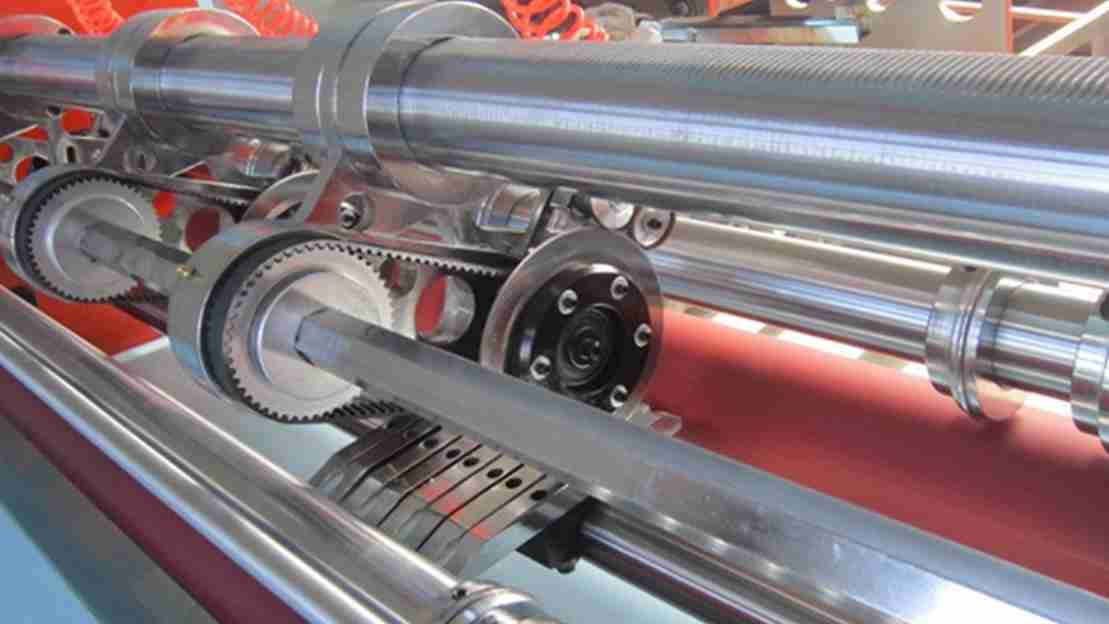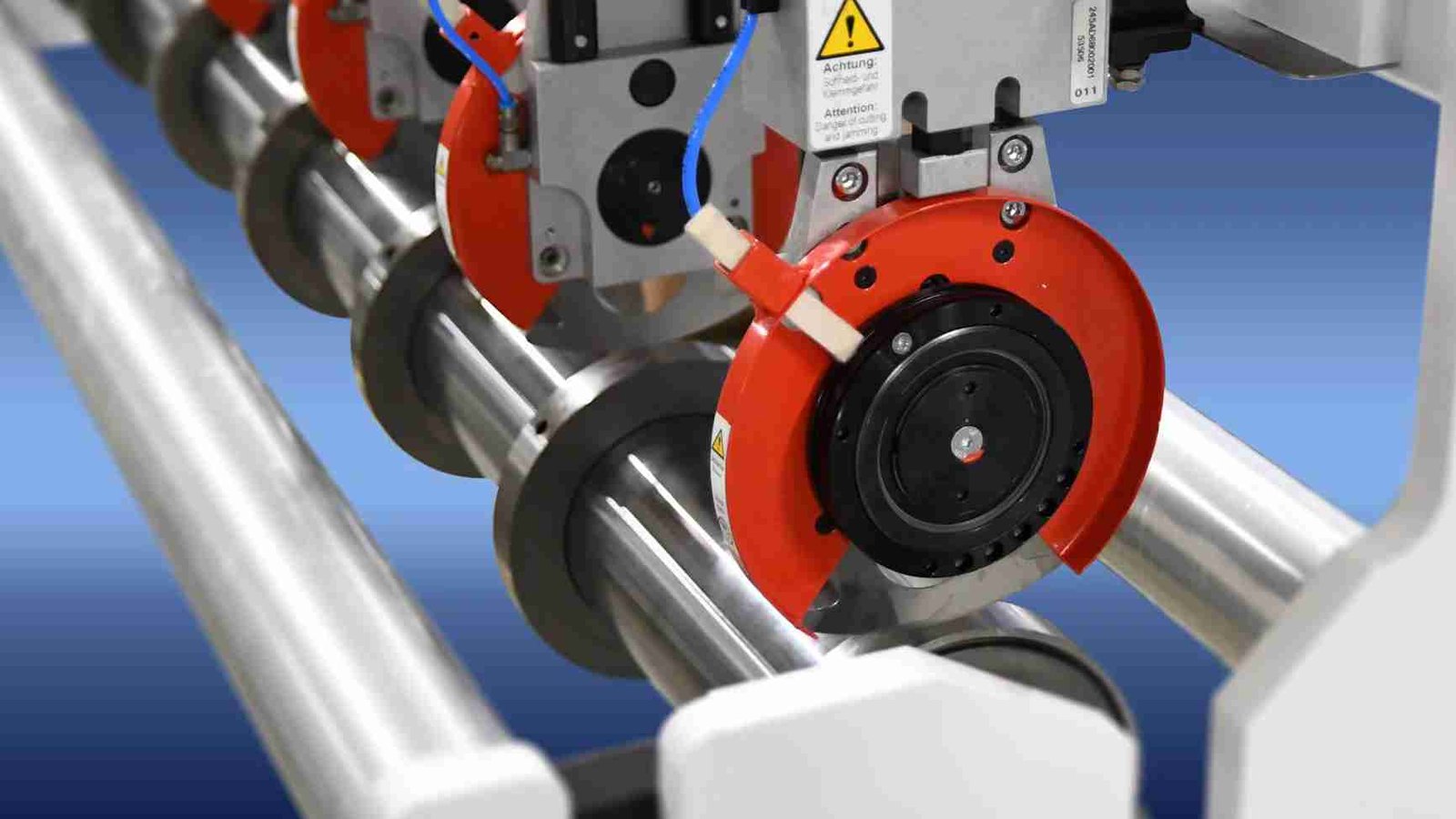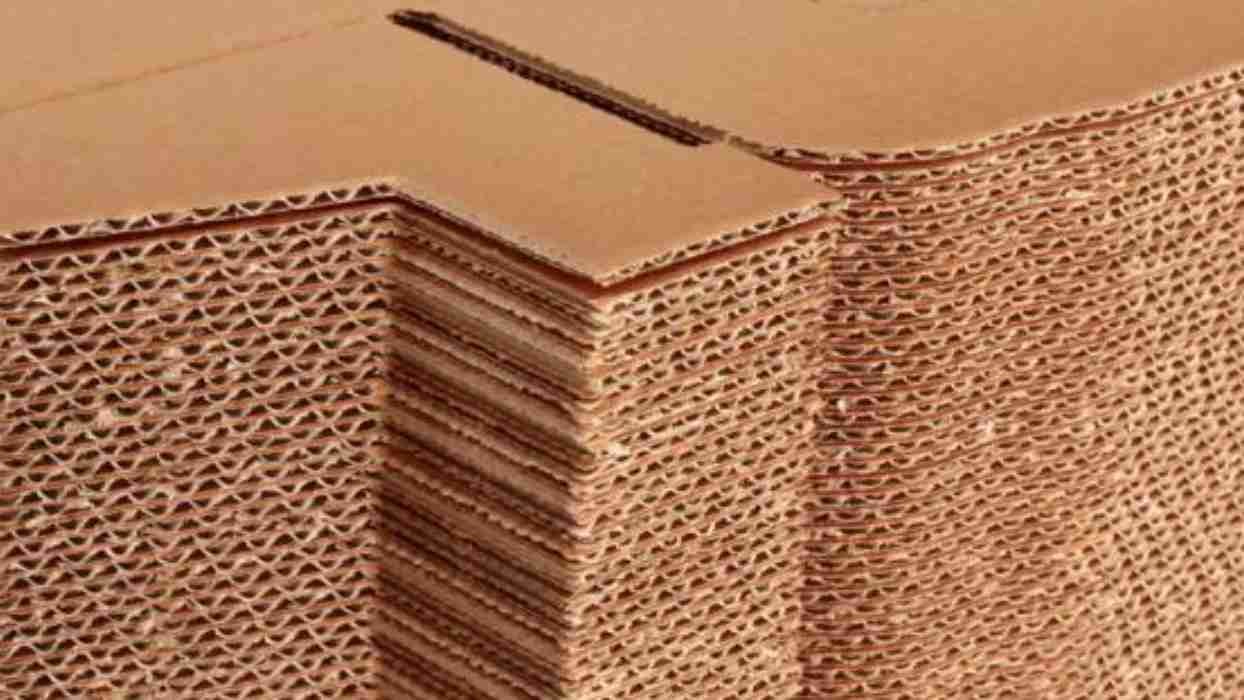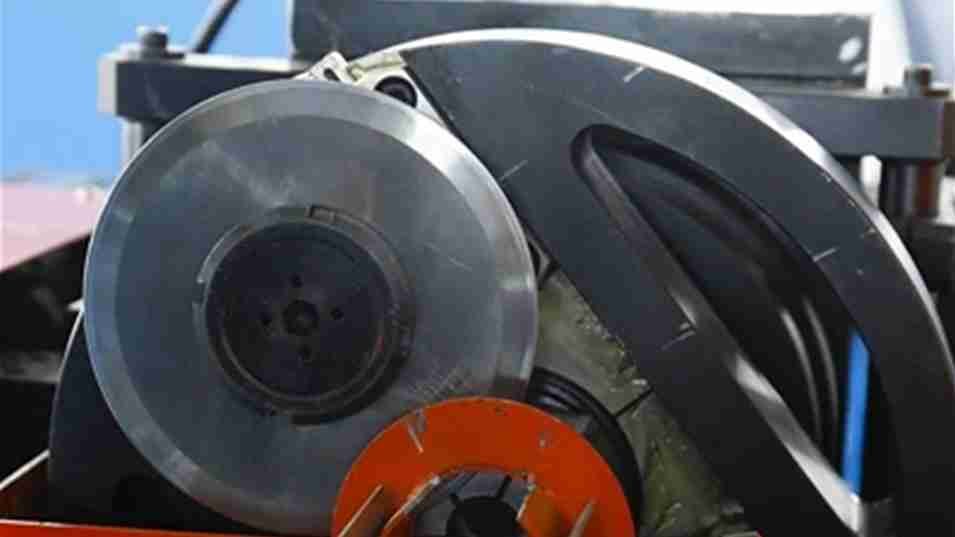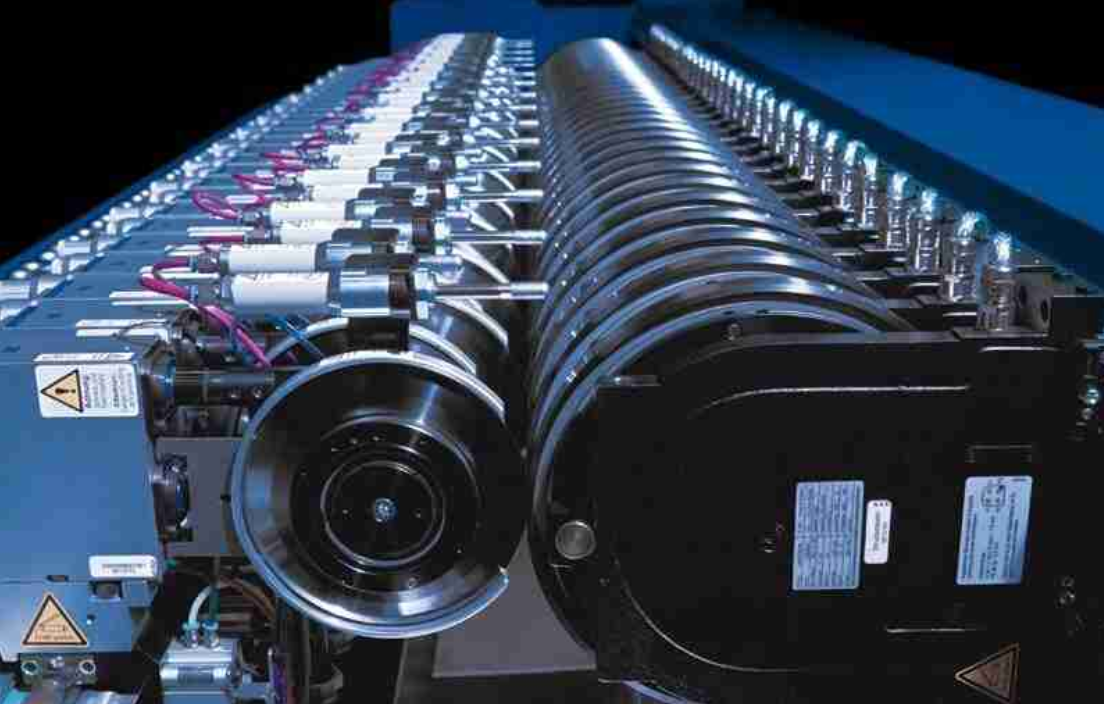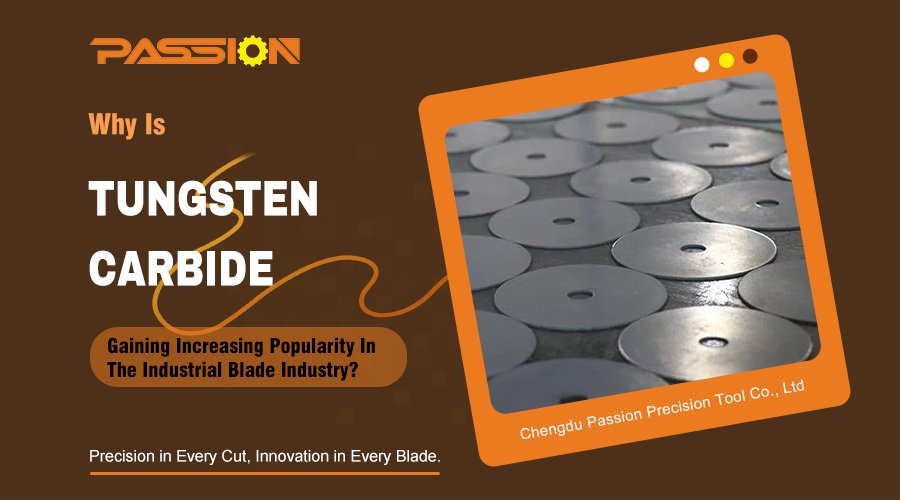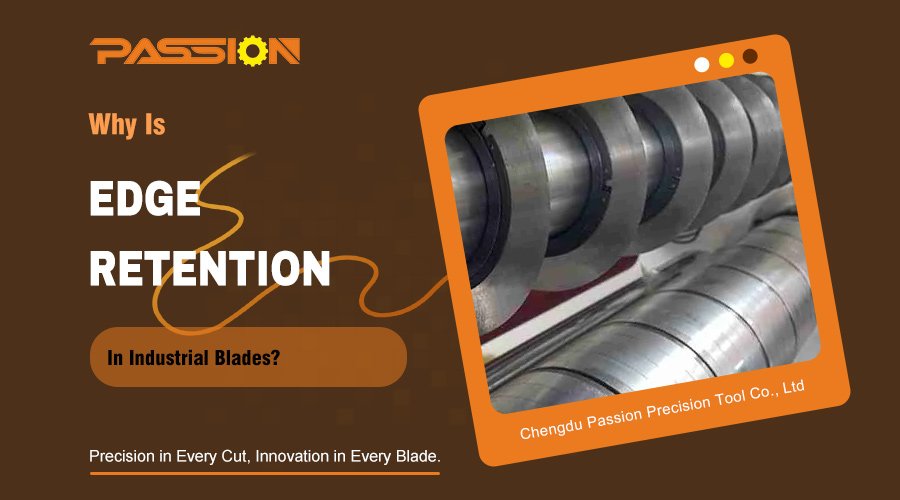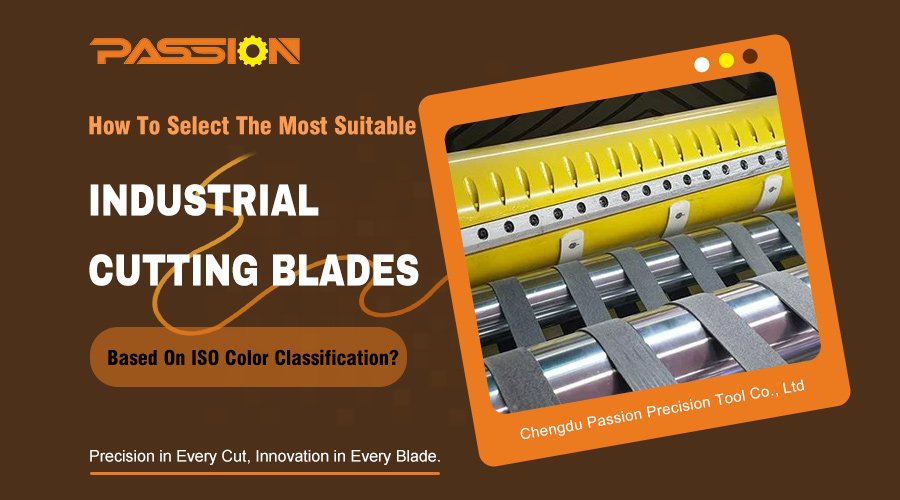Are your shear cuts inconsistent and messy? This leads to wasted material and poor product quality. Adjusting the cutting point1 is the key to solving these frustrating and costly production problems.
The cutting point is where the material meets both shear blades. Its precise location determines the force distribution, directly impacting cut cleanliness2, edge quality, and even your blade's lifespan. A correct cutting point ensures a clean, burr-free cut, while an incorrect one causes defects.
Understanding the cutting point is the first step toward achieving a perfect cut. Many operators I speak with focus only on blade sharpness, but the interaction between the blades is just as critical. A proper cutting point ensures the material is sliced cleanly, not torn or crushed. Now, let's explore what the cutting point really is and how it functions. This knowledge will help you diagnose issues and improve your production quality significantly.
What Exactly Is The Cutting Point In Shearing?
You hear the term "cutting point," but are you sure what it means? This ambiguity can make it hard to troubleshoot cutting problems effectively. Let's define it clearly.
The cutting point isn't a single dot; it's the dynamic area where the material is engaged by both the upper and lower blades. This zone is determined by the blade gap3, shear angle4, and overlap, which together dictate the quality of the cut.
When I talk with customers, I explain that the cutting point is more of a "working zone" than a tiny spot. Think of it as the place where all the forces come together to slice the material. Getting this zone right is essential for a clean cut. Its position is determined by several factors that work together. A small change in one can affect the entire process.
Key Components Defining The Cutting Point
To truly master your cutting process, you need to understand the elements that create the cutting point.
- Blade Gap: The horizontal distance between the upper and lower blades.
- Shear Angle: The angle of the upper blade relative to the lower blade.
- Overlap: The vertical distance the blades travel past each other.
These factors must be adjusted based on the material's type and thickness. Here is a simple table to show their relationship.
| Component | Effect on Cutting Point | Impact on Quality |
|---|---|---|
| Blade Gap | Determines stress concentration. | Too wide causes tearing; too narrow causes secondary shearing & wear. |
| Shear Angle | Controls the progression of the cut. | Reduces overall cutting force but can cause material distortion. |
| Blade Overlap | Ensures the cut is completed. | Too much causes crushing; too little results in an incomplete cut. |
How Does An Incorrect Cutting Point Damage Materials?
Are you seeing deformed edges, tearing, or incomplete cuts? These issues are frustrating and costly. An improperly set cutting point is very often the direct cause of these problems.
An incorrect cutting point applies force unevenly. Too much overlap crushes flexible materials, causing curling and deformation. Too little overlap or too wide a gap causes tearing, burr formation5, and ragged edges instead of a clean shear.
This is one of the most common issues I help customers troubleshoot. For example, a cutting point with too much overlap is a frequent problem when working with delicate materials like plastic films or thin foils. The blades essentially press into each other too deeply, which crushes the material at the edge instead of slicing it. On the other hand, if the overlap is too shallow, the cut may not go all the way through, leaving a connected, stringy edge. It's a balance.
Case Study: Solving Mr. Giacomo's Film Cutting Issues
I remember cooperating with Mr. Giacomo, a production manager from a packaging company in Italy. His team was struggling with cutting thin plastic film. The edges were curled and rough, causing frequent jams in their wrapping machines. This was slowing down their entire production line and creating a lot of waste.
He sent me pictures, and I suspected the cutting point was the issue. The curled edges suggested the blade overlap6 was too deep for such a thin, flexible material. We scheduled a video call, and I walked his operator through the adjustment process. We slightly reduced the vertical overlap of the blades. This change stopped the blades from crushing the film after the cut was complete. The result was immediate. The machine began producing perfectly flat, clean-cut film. Mr. Giacomo told me later that this small adjustment saved them hours of downtime each week. This case really shows how a small change to the cutting point can have a huge impact.
How Does The Cutting Point Affect Blade Life?
Do your blades seem to dull faster than they should? You might be replacing them too often, increasing costs. The cutting point directly impacts how long your blades last.
A correct cutting point allows blades to operate under optimal force, minimizing friction and impact. An incorrect setting causes localized stress, leading to chipping, accelerated wear, and even catastrophic blade failure. This dramatically shortens the blade's service life.
Think of it like this: when the cutting point is right, the force is distributed evenly along the cutting edge as it's designed to be. But when it’s wrong, you create a stress point. For example, if the blade gap is too tight, the blades might actually touch or "kiss" each other during the cut. This contact creates extreme friction and heat, which quickly dulls the edge and can cause small chips to break off. I’ve seen blades that should last for months get completely ruined in a few weeks because of a simple setup error.
Factors That Accelerate Blade Wear
An incorrect cutting point doesn't just damage the material; it destroys your blades. It creates mechanical stresses that the tool was never designed to handle.
- Excessive Friction: When the blade gap is too narrow or the overlap is too deep, the blades rub against each other or the material excessively. This generates heat, which softens the steel and makes the edge dull faster.
- Impact Force: A poorly aligned cutting point can cause the blade to slam into the material or the other blade instead of shearing smoothly. This repeated impact can lead to micro-fractures, which eventually grow into visible chips or cracks.
Here’s a breakdown of how different setup errors can damage your blades.
| Setup Error | Primary Effect on Blade | Consequence |
|---|---|---|
| Blade gap too tight | Blades make contact. | Chipping, accelerated dulling due to friction. |
| Blade gap too wide | Material is "pulled" and torn. | Blade edge experiences sideways force, leading to uneven wear. |
| Overlap too deep | Excessive force and friction. | Blade chipping, risk of breaking, and machine stress. |
| Incorrect shear angle | Uneven force distribution. | Localized wear on one part of the blade edge. |
What Other Factors Influence Cutting Quality?
Have you perfected the cutting point but still face issues? Other critical factors can affect your results. Ignoring them can undermine all your hard work on blade setup.
Beyond the cutting point, factors like blade material and sharpness, machine stability, and the properties of the material being cut are crucial. Any one of these can be the source of poor cutting quality, even with a perfect setup.
I often tell my clients that achieving a perfect cut is like being a detective. You have to look at all the evidence. The cutting point is the primary suspect, but it's not the only one. For instance, you could have the perfect blade alignment, but if the blade itself is made from the wrong material for your application, it will wear out quickly and produce poor cuts. Similarly, vibrations in the machine can throw off even the most precise setup. It's about looking at the entire system.
A Holistic View of Cutting Quality
To achieve consistent, high-quality cuts, you must consider the entire cutting environment. Let's break down the other key areas you need to inspect.
- Blade Condition: A sharp, undamaged blade is non-negotiable. Even a perfectly set dull blade will tear, not cut. The material of the blade (e.g., D2, M2, Tungsten Carbide) must also be suitable for the application to resist wear.
- Machine Stability: The machine holding the blades must be rigid and free from vibrations. Any looseness in the blade holders or machine frame will make it impossible to maintain a consistent cutting point.
- Material Properties: The material itself plays a huge role. Its hardness, thickness, and any abrasive qualities will influence how it responds to the cut and how quickly the blades wear. You must adjust your setup for each new material.
Conclusion
In summary, the cutting point is critical for shear quality, affecting everything from edge finish to blade longevity. Mastering it, along with other factors, ensures precision and efficiency in every cut.
Understanding the cutting point is essential for achieving clean cuts and improving production quality. ↩
Explore the factors influencing cut cleanliness to optimize your production processes. ↩
Learn how blade gap affects cutting quality and how to adjust it for optimal results. ↩
Understanding shear angle can help you optimize your cutting setup for better results. ↩
Discover techniques to minimize burr formation for cleaner cuts and better quality. ↩
Explore the concept of blade overlap to prevent material damage and improve cuts. ↩


